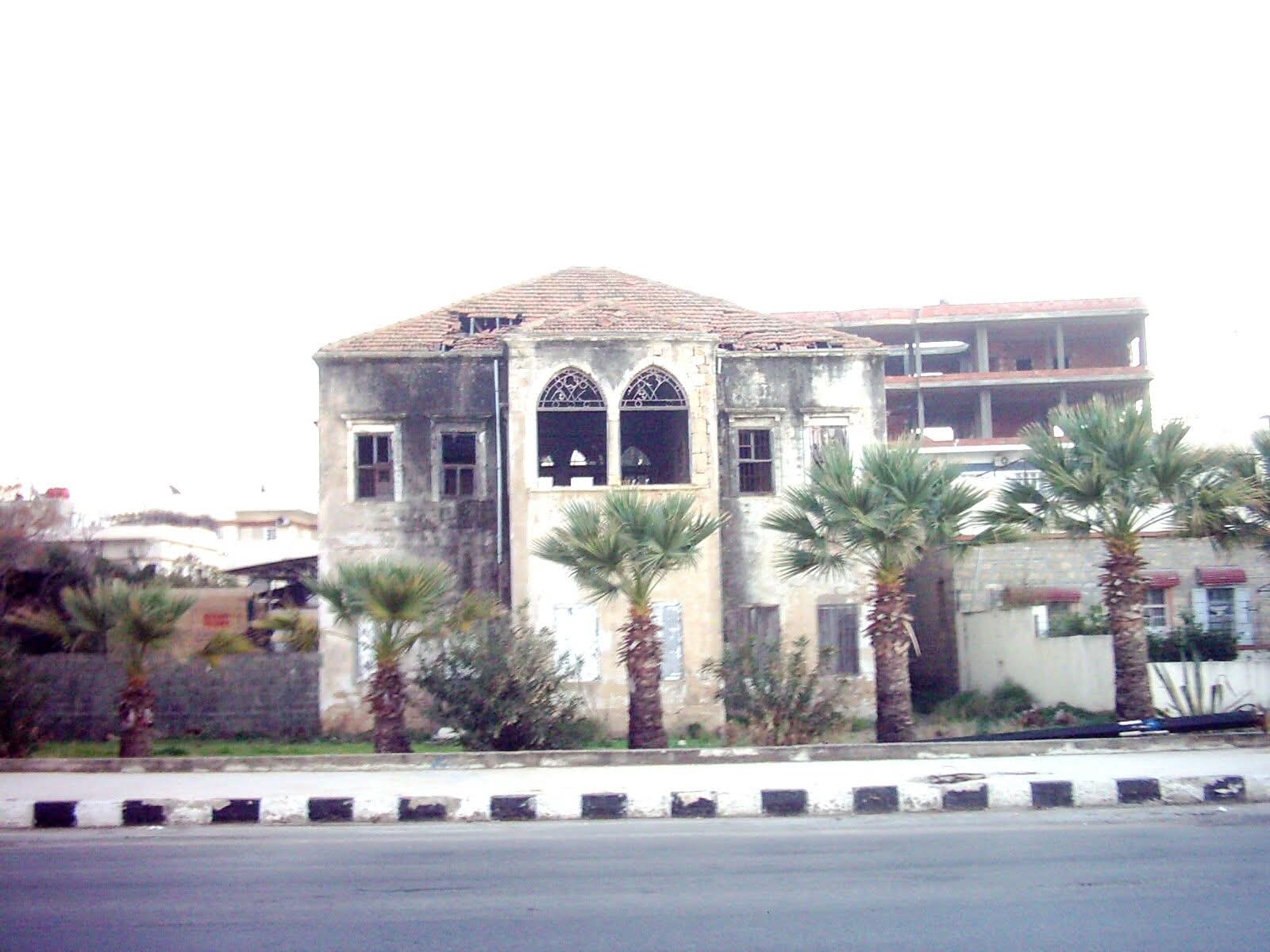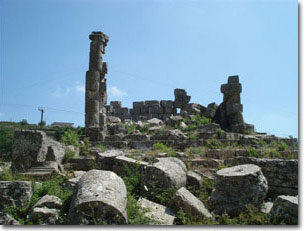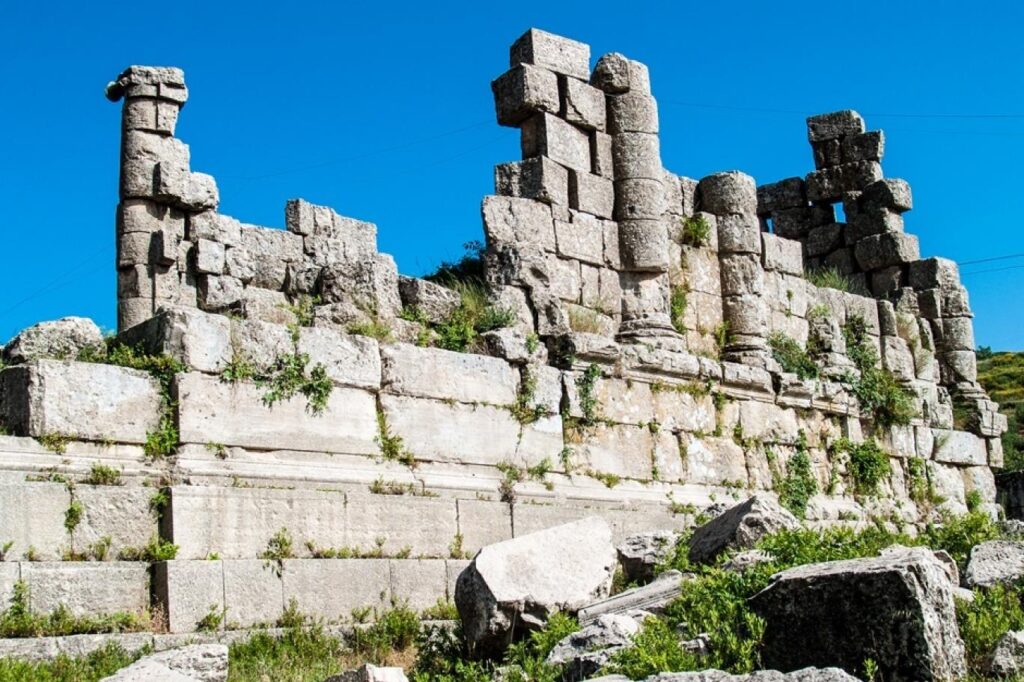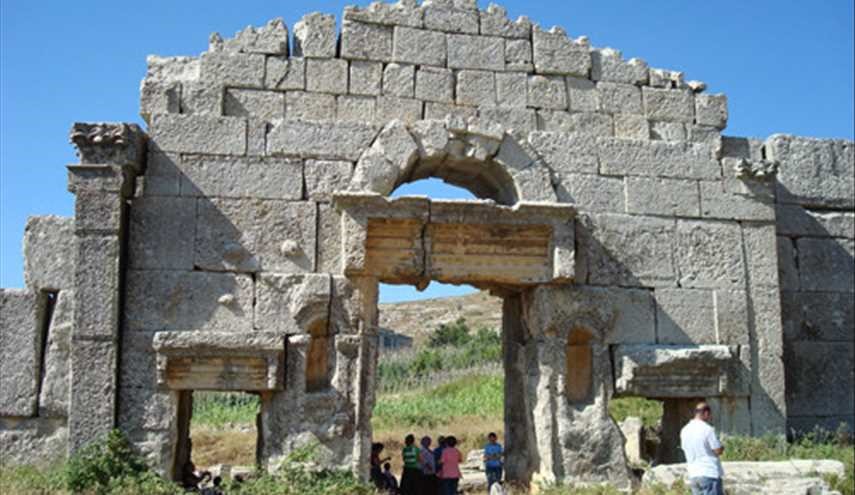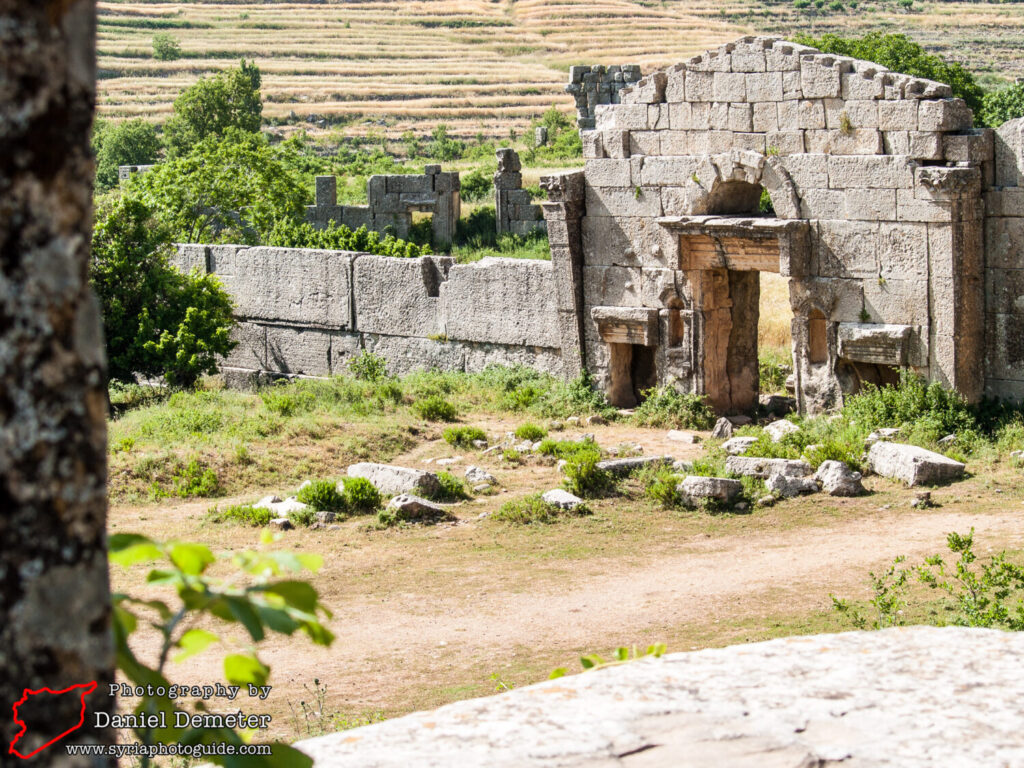This site features a seasonal Phoenician temple constructed by the inhabitants of Arwad and dedicated to the worship of the god Baal and the goddess Astarte. It was established on top of Mount Antradus, in the village of Beit Kheikhi.
The temple remained in use during the Seleucid period, having been constructed on top of the remains of an earlier sanctuary. Seleucus Nicator undertook its restoration and rededicated it to the god Baal, naming it Beit Kheikhi Zeus or Beit Sisi Zeus.
The temple flourished under Roman rule. Renovation works began in the 1st century AD, with major construction achievements realized in the 2nd century AD during the reign of Emperor Severus. Worship continued at the site until the 4th century AD, following the adoption of Christianity as the official religion during the reign of Emperor Constantine.
Archaeological finds at the site include earrings, three silver and gold bracelets, three golden coins, and a funerary stele bearing a Greek inscription.

